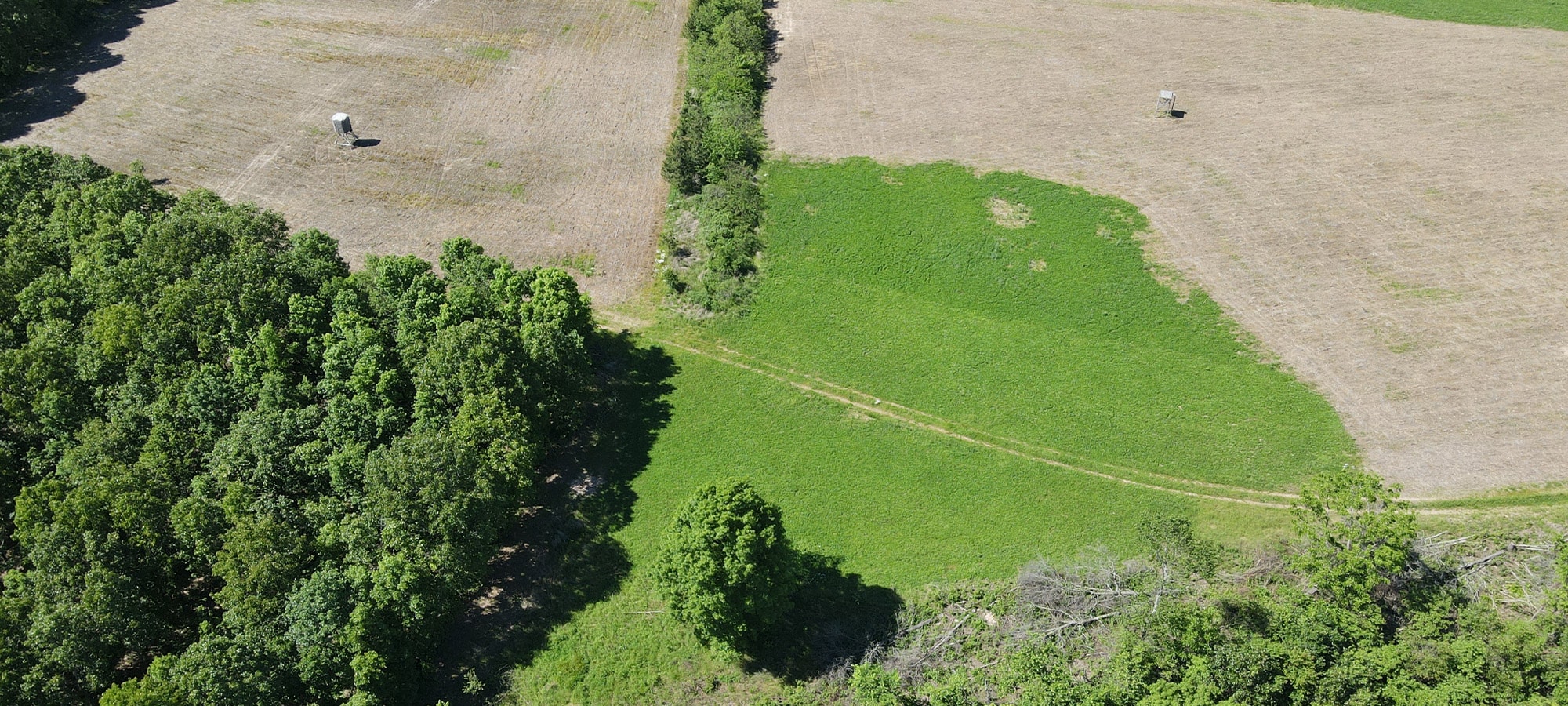Many whitetail hunters firmly believe that mature bucks only move at night. This just isn’t true. GPS collar data and other research shows that mature bucks move during daylight hours very frequently. The nocturnal misconception amongst hunters often stems from a lack of cover on the properties they hunt. Mature bucks move in daylight, but they are often in or adjacent to quality cover. So, if you want to improve the consistency of daylight movement of mature bucks, you can focus on creating cover at the right density and height for whitetails. Specifically, if you want movement to occur near your food plots or openings, edge-feathering is an important practice to understand and implement.
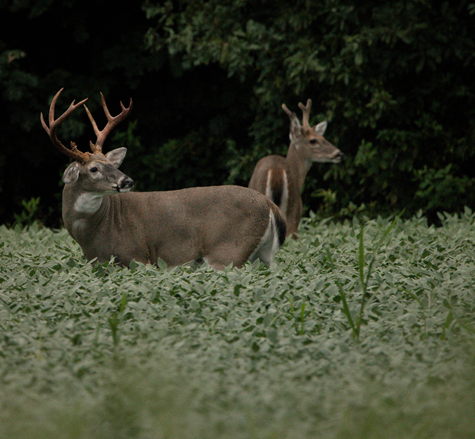
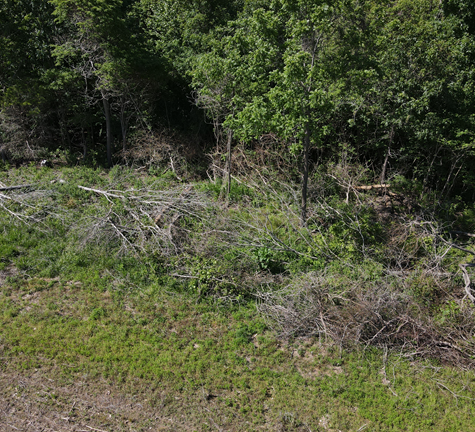
Edge Feathering is a practice that focuses on blending different vegetation types together. Most open fields, food plots, or pastures are immediately met by closed canopy overstory. The goal with edge feathering is to blend these vegetation types into more of a stairstep transition. For instance, a food plot edge can be bordered by early successional, then a mix of brambles, shrubs, and mid-story trees, and then finally larger mature trees. It might sound complex, but this type of transition can often be found in naturally occurring and managed landscapes, often as a result of natural wildfire and prescribed burns. With edge feathering, we are simply replicating nature by mechanical means rather than fire.
The benefits of edge feathering extend beyond the actual hunt for deer. Additional benefits include increased native forage opportunities for deer. A large portion of their diet (50-65% or more) throughout the year includes both woody and herbaceous browse. Fawns will commonly be stashed within edge feathering units as secure cover is present to successfully hide them. A wide variety of vegetative species commonly recolonizes these areas, offering additional forage and cover for songbirds, rabbits, bobwhite quail, and many other non-game species. Specifically, a hen turkey during nesting season will commonly use this structure to nest. A covey a bobwhite quail would utilize it as secure cover during the late fall and winter months.
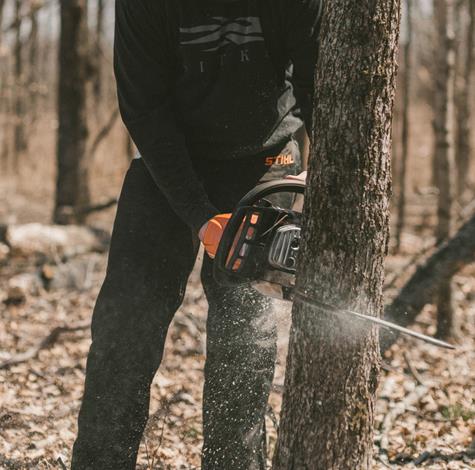
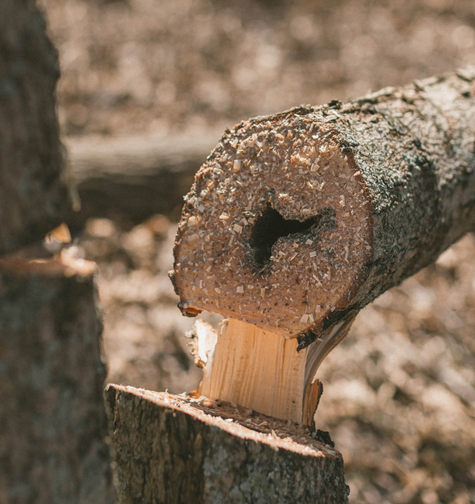
All you really need to get started on this simple practice is a chainsaw and the necessary herbicide to treat undesirable species. Essentially what needs to be done is to begin cutting the trees that are growing along the edge of the opening and allowing them to fall out into the opening. Depending on the quality of timber, this may just be 10 yards deep, but if there is limited quality, as much as 30-40 yards off the edge can be cut and felled. This will create the necessary transition as more sunlight is able to reach the ground and vegetative succession occurs during the following growing seasons. To maintain this type of cover once implemented, we suggest annual check-ups during the growing season to spot treat any invasive species that might be found growing in these areas. This consistent monitoring ensures that favorable plants have the opportunity to recolonize. Multi-flora rose, bush honeysuckle, autumn olive, Japanese honeysuckle, and Japanese barberry are just a few common invaders. In most landscapes a prescribed fire every 2-4 years is also a great measure to take to keep the vegetation from growing too dense or too tall for the intended results. Consistent disturbance as a maintenance tool is key, and native foragers will respond well.
Edge feathering can easily be taken one step further, especially if you are a bowhunter trying to make large fields hunt smaller. Felling trees in specific directions allows you to create an open feathered edge or a closed feathered edge. Laying trees parallel to the field edge creates a closed edge that can obstruct deer movement—laying them perpendicular to the field edge creates an open edge that promotes movement. By creating an open edge upwind of your stand or blind and a closed edge downwind, you can encourage deer traffic into your shooting lanes.
I could go on and on about the usefulness of edge feathering for game and non-game species, but at the end of the day it replicates a natural process, widens transitional cover, increases habitat opportunities for non-game species, diversifies vegetation, and increases hunting effectiveness when implemented appropriately. Mid-summer is not too late to implement this strategy to see some of the benefits for this upcoming hunting season. Get out there with a chainsaw and safety equipment, and put some trees down to improve your habitat and hunting.
As an owner of Land & Legacy, a nationwide habitat consulting company and Whitetail Properties agency, Matt Dye and his team has been serving clients in 31 states for the last 7 years. Land & Legacy’s goal is to help landowners assess their property’s natural resources and develop and implement habitat management plans that increase each property’s wildlife potential. The best way to do this is to address the limiting factors and critical habitat needs of the game and non-game species that each landowner wants to influence.
